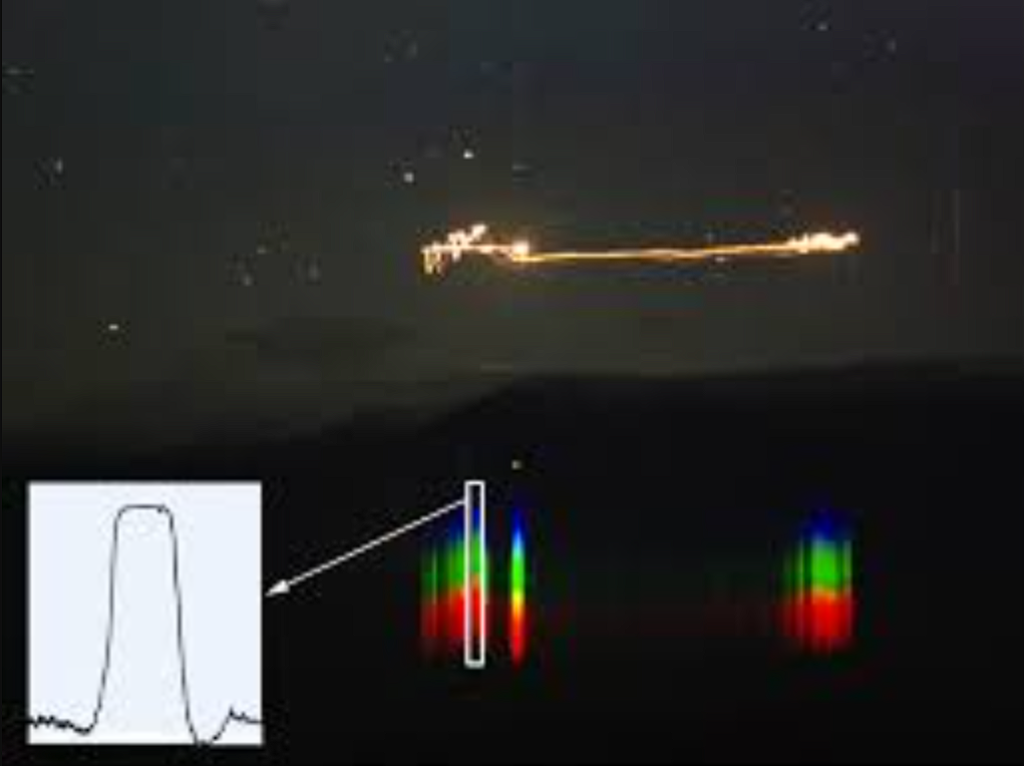The Hessdalen lights are unidentified lights which have been observed in a 12-kilometre-long (7.5 mi) stretch of the Hessdalen valley in rural central Norway 62.7933°N 11.1883°E periodically since at least the 1930s.
The Hessdalen lights are of unknown origin. They appear both by day and by night, and seem to float through and above the valley. They are usually bright white, yellow or red and can appear above and below the horizon. The duration of the phenomenon may be a few seconds to well over an hour. Sometimes the lights move with enormous speed; at other times they seem to sway slowly back and forth. On yet other occasions, they hover in mid‑air.
Unusual lights have been reported in the region since at least the 1930s. Especially high activity occurred between December 1981 and mid-1984, during which the lights were observed 15–20 times per week, attracting many overnight tourists. As of 2010, the number of observations had dwindled, with only 10 to 20 sightings yearly.
Since 1983, “Project Hessdalen” initiated by UFO-Norge and UFO-Sverige have attempted to investigate the lights. This project was active as field investigations during 1983–1985. A group of students, engineers, and journalists collaborated as “The Triangle Project” in 1997–1998 and recorded the lights in a pyramid shape that bounced up and down. In 1998, the Hessdalen Automatic Measurement Station (Hessdalen AMS) was set up in the valley to register and record the appearance of lights.
Later, a program named EMBLA was initiated to bring together established scientists and students to researching the lights. Leading research institutions are Østfold University College (Norway) and the Italian National Research Council.

For More Information: https://en.wikipedia.org/wiki/Hessdalen_lights





